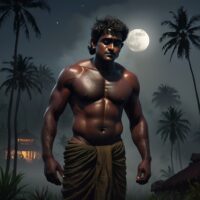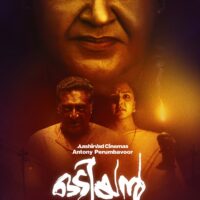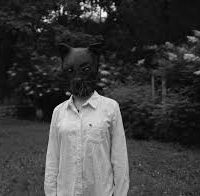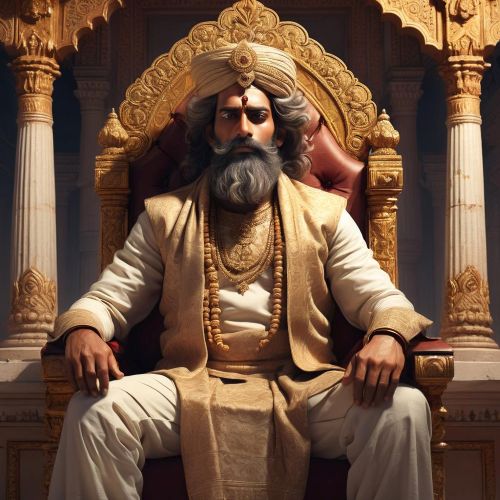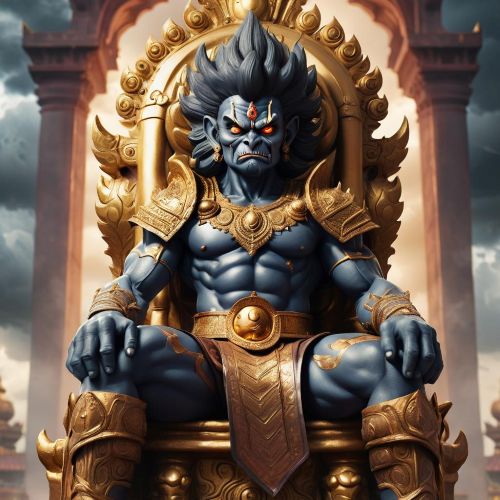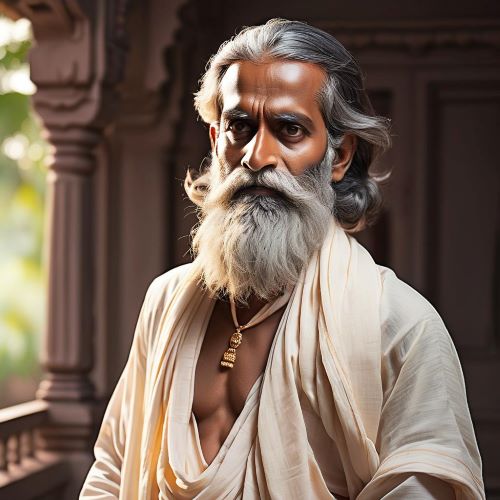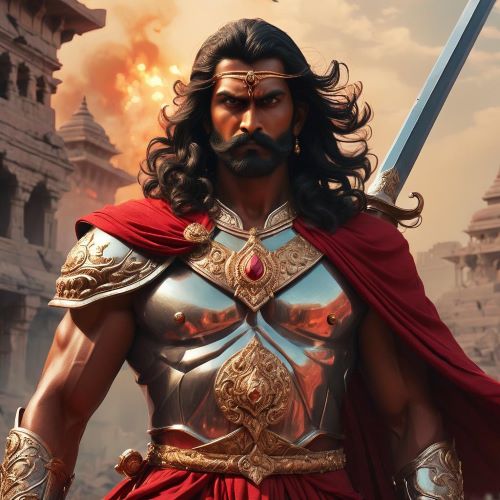Odiyan : The Enigmatic Shapeshifter of the Night
Listen
At a glance
| Description | |
|---|---|
| Origin | Indian Mythology |
| Classification | Mortals |
| Family Members | N/A |
| Region | India |
| Associated With | Magic, Shapeshifting |
Odiyan
Introduction
Odiyan is one of the most mysterious figures in Kerala’s folklore, often described as a night-dwelling shape-shifter who thrived in an atmosphere of fear and secrecy. Rooted in the oral traditions of northern Kerala, particularly in Malabar, the myth of Odiyan is not simply about supernatural terror but also reflects deeper cultural themes of caste marginalization, black magic practices, and social conflicts. These legends describe Odiyans as masters of “Odividya,” a form of occult knowledge that allowed them to transform into animals or spectral beings, making them feared assassins during feudal times. The figure of Odiyan has survived well beyond its folkloric origins, gaining renewed attention in modern Kerala through cinema, literature, and academic explorations.
Physical Traits
Accounts of the Odiyan’s physical form are deeply tied to their powers of transformation. In human form, they were said to look ordinary and could blend into the local population, making their presence all the more unsettling. However, during ritual practices, they were believed to strip themselves bare and anoint their bodies with a special oil known as pilla thailam, said to be prepared through occult means. This oil, when applied to the ears, supposedly gave them the ability to shapeshift into terrifying creatures.
The animals they imitated were not random; they usually transformed into strong or fearsome beasts like bulls, buffaloes, wild dogs, jackals, or snakes. These forms often appeared exaggerated or grotesque, not natural but distorted to strike fear. Folklore also describes Odiyans as possessing great physical endurance and agility, capable of leaping long distances or vanishing swiftly into the night. Their eyes were often imagined to glow red during transformation, adding to their ghostly reputation.
Family
Unlike many mythological beings tied to divine ancestry, Odiyan lore is closely connected to specific human communities in Kerala. The practice of Odividya was hereditary and often passed down within marginalized groups such as the Panan, Parayan, Pulayar, Kuravan, and Thiyya communities. These groups historically lived on the fringes of society and used such practices as a means of survival in a rigid caste structure.
Odiyans were not bound by familial ties in the mythic sense but were often hired by wealthy landowners, especially during disputes among high-caste families like the Nairs and Ezhavas. Instead of bloodline stories, their “family” can be understood as their caste-based community, which preserved both the occult knowledge and the social role of Odiyan. This connection makes the myth as much about social history as it is about supernatural terror.
Other names
The name “Odiyan” is the most commonly used term, but variations exist depending on region and dialect. The practice itself is called odi or Odividya. In Tamil folklore, related words like Aadhiyan or Adhiyan appear, though they sometimes carry different connotations. Some rural traditions also blend Odiyan with other supernatural figures, associating them with spirits like Kuttichathan, Madan, or Yakshi, all of whom share the element of fear-based magic.
Interestingly, the Odiyan myth has fluidity across cultural borders. In some regions, these figures are linked with animistic rituals and are considered closer to shamans than demons. In others, they are remembered purely as assassins-for-hire who brought terror in the night. This adaptability of the name and image shows how folklore shifts with cultural context, while keeping the central image of Odiyan intact.
Powers and Abilities
The most defining trait of Odiyan is shapeshifting. By invoking Odividya and using ritual oils, they could transform into animals that suited their purpose—usually strong beasts to attack or swift creatures to escape unseen. Beyond physical change, their transformations carried a psychological dimension, as their victims often died of sheer fright.
Another power attributed to Odiyans was their mastery of stealth. They attacked during moonless nights, using their knowledge of terrain to stalk enemies silently. They were believed to leap over walls, chase down victims at uncanny speed, and vanish before anyone could identify them. Some legends even suggest they could manipulate astrological timings, using a person’s birth star or lunar position to direct attacks with deadly precision.
Their abilities were not merely magical but symbolic. Odiyans embodied fear itself, becoming an instrument of social control. For their employers, they were secret weapons in feuds; for common villagers, they were the very image of dread lurking in the dark.
Modern Day Influence
Although the practice of Odiyan has disappeared from Kerala’s villages, the myth continues to resonate strongly in the state’s cultural imagination. The 2018 Malayalam movie Odiyan, starring Mohanlal, brought the legend to a global audience. The film portrayed the story of the last Odiyan and reinterpreted the myth as a tale of fading traditions and moral ambiguity. While celebrated for reviving interest, the movie also sparked debates about whether it misrepresented the communities historically linked to Odiyan lore.
In literature and academia, Odiyan is often studied as a symbol of caste oppression and resistance. Writers and scholars interpret the myth as an allegory for the fears and frustrations of marginalized groups navigating feudal power structures. Folklore research highlights how Odiyan legends evolved alongside Theyyam rituals and other shamanistic practices in northern Kerala.
Today, Odiyan has also entered popular culture beyond Kerala. Mythology websites, online storytelling platforms, and digital art frequently feature Odiyans as Indian equivalents of werewolves or vampires. Ghost tours and local storytelling events in districts like Palakkad and Malappuram keep the lore alive, blending entertainment with cultural memory. In academic discourse, the Odiyan remains a fascinating case study of how folklore reflects power dynamics, ritual practices, and social anxieties.
Related Images
Source
Wikipedia contributors. (n.d.). Odiyan clan. Wikipedia. Retrieved September 16, 2025, from https://en.wikipedia.org/wiki/Odiyan_clan
Nijeesh, T. P. (2018, December 30). The odiyan was no superstition; it was a means for marginalised people to hit back at their oppressors. Times of India Blogs. Retrieved September 16, 2025, from https://timesofindia.indiatimes.com/blogs/tracking-indian-communities/the-odiyan-was-no-superstition-it-was-a-means-for-marginalised-people-to-hit-back-at-their-oppressors/
Anonymous. (2020). A Study of Magical Realism in Odiyan through the Collective Consciousness of Kerala. International Journal of English Literature and Social Sciences (IJELS), 5(4), 102–110. Retrieved from https://ijels.com/upload_document/issue_files/54IJELS-10202010-AStudy.pdf
Gopal, B. (2020). South Asian healing. In South Asian healing. Taylor & Francis.
Intellect Ltd. (2024). The odi assan: Myth, liberation and caste in ‘If in the Shadows, a Leopard!’.
Menon, I. (2024). Tribal Divinity: Deities and Ancestor Spirits in the Religious Tradition of the Selected Tribes of the Wayanad, Malapppuram, and Palakkad Districts. In Tribal Divinity: Deities and Ancestor Spirits in the Religious Tradition of the Selected Tribes of the Wayanad, Malapppuram, and Palakkad Districts. Taylor & Francis.
Moorthy, A. (2025, August 4). The odi assan: Myth, liberation and caste in ‘If in the Shadows, a Leopard!’ ResearchGate.
Moorthy, A. (n.d.). Myth, liberation and caste in ‘If in the Shadows, a Leopard!’ Intellectdiscover.com.
Ramachandran, N. (1993). The moral community of the teyyattam: Popular culture in late colonial Malabar. Contributions to Indian Sociology, 9(2), 229-251.
Soman, R. (2020). A Study of Magical Realism in Odiyan through the Collective Conscious of Paruthipulli. International Journal of English Language, Literature and Translation Studies (IJELS), 7(4).
Frequently Asked Questions
Who is Odiyan in Kerala folklore?
Odiyan is a mythical figure from Kerala folklore, known as a shapeshifter who could transform into animals or shadows using ancient occult practices.
What powers did Odiyans possess?
Odiyans were believed to master dark magic and illusion, allowing them to change form, travel unseen, and terrify or attack their enemies under the cover of night.
Were Odiyans real people or just legends?
Some believe Odiyans were real individuals skilled in psychological warfare and herbal potions, while others see them purely as legendary symbols of fear and mystery.
What was the purpose of Odiyan transformations?
Their transformations were said to serve as tools for intimidation or assassination, often hired by feudal lords or used for revenge in ancient Kerala.
How is Odiyan remembered today?
Today, Odiyan lives on as a fascinating blend of myth and folklore—featured in stories, films, and discussions about Kerala’s mystical heritage and cultural imagination.


